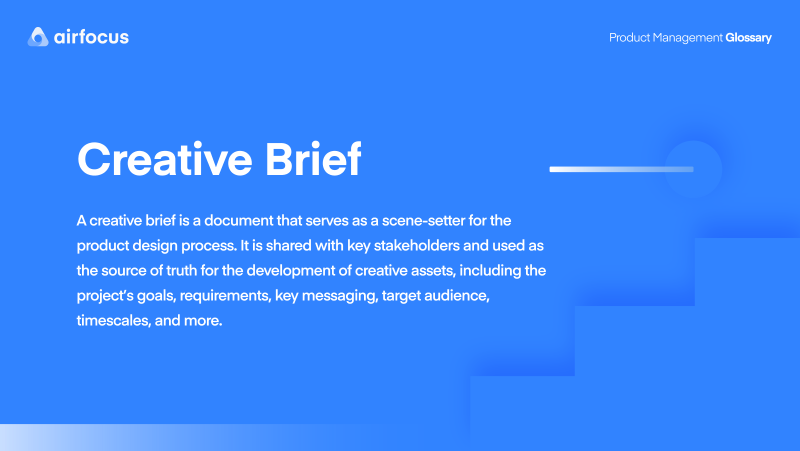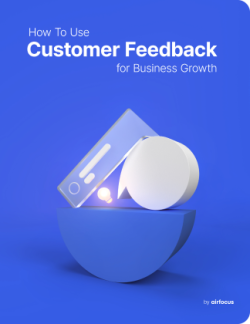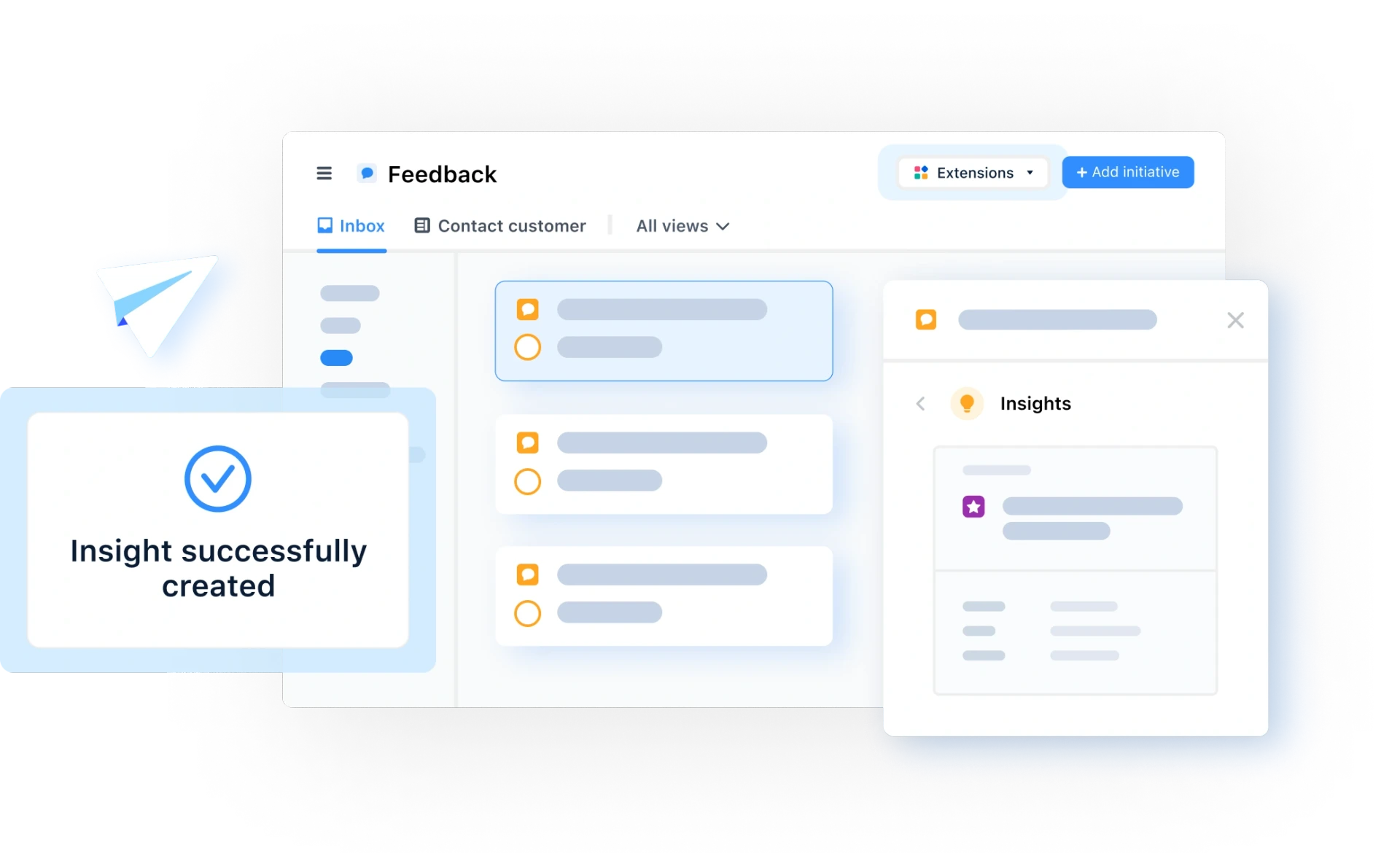Creative brief
What is a creative brief?
Creative Brief Definition
A creative brief is a document that serves as a scene-setter for the product design process. It is shared with key stakeholders and used as the source of truth for the development of creative assets, including the project’s goals, requirements, key messaging, target audience, timescales, and more.
Any creative project can suffer from ‘scope creep’ if it’s not properly documented and tracked, especially when there are multiple stakeholders involved. The creative brief is a document created to solve this problem and ensure all parties are in agreement with the project’s goals and strategy before production actually begins.
Why are creative briefs important?
If you’ve ever tried to go on a long journey without a map or a GPS, you’ll already know why creative briefs are important, but here are the big takeaways:
A brief provides direction to the creative process, giving all stakeholders a single place from which to track progress and deliverables of the product design process.
A well-written creative brief will save everybody time because all elements are agreed upon ahead of time – no arguments necessary.
An established approval workflow within the creative brief means deliverables are out of the door faster.
Everybody is accountable for their assigned areas of the brief, making it easier to identify areas of the brief that may need attention.
What is included in a creative brief?
Creative briefs differ in their construction from team to team, but there are some common ingredients:
Project background. Why is this product/creative being produced? What is the context?
Stakeholders. Who will be taking part in the production of this creative? Who will be the person who gives final sign-off approval?
Goals and objectives. What should the final result of this project be and what are the deliverables?
Timescales. How long should it take to produce the final creative? Will there be key milestones along the way?
Target audience. Who are we appealing to or serving by producing this creative?

General FAQ

Glossary categories
All product feedback in one place

Experience the new way of doing product management








